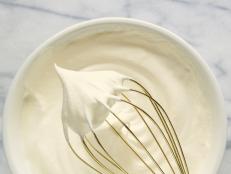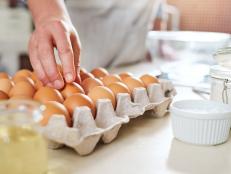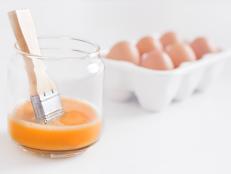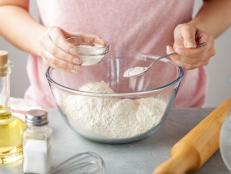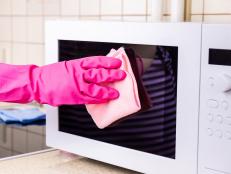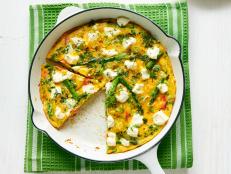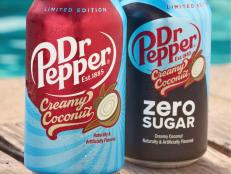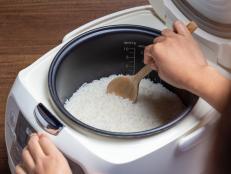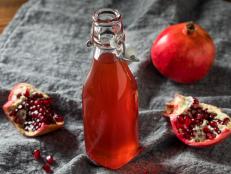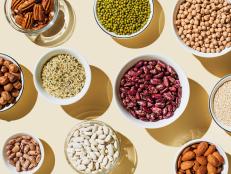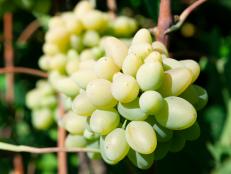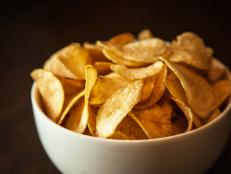Bread Baking 101
Baking bread is a lot easier than it seems; while it's certainly possible to get deep into the scientific reasons for why certain breads end up certain ways, it's also possible to have a delicious, homemade loaf without worrying about the whys.
Bread baking is its own world, different from baking cookies, cakes or pies. Bread's unique combination of ingredients — flour, yeast, water, salt and, most importantly, time — mean that you've got to approach it differently.
First and foremost, bread is alive. Its characteristic texture comes from fermentation, which is the basic activity of yeast, a single-celled fungus (the good kind, not the scary kind). Yeast reacts with the sugars in flour to create carbon dioxide (among other things), which leads to the airy, bubbly texture and taste we associate with bread.
If you get really into bread making, you can delve deeply into the art and science of the perfect loaf — there's no limit to the level of obsession passionate bread bakers can have. But in the meantime, here are some frequently asked questions to solve your baking 101 dilemmas.
Frequently Asked Questions
What yeast should I buy?
There are a number of kinds of yeast, all of which work wonderfully for bread. Our recipes call primarily for active dry, as it's readily available and convenient to use. A brief rundown of the types:
Active dry: You'll usually see this in small packages in the dairy section. It needs to hang out in warm water for a few minutes before you use it — this wakes the yeast up and gets it ready for your recipe. Check expiration dates on these, and keep your packets in a cool, dry spot.
Rapid rise (sometimes called instant): This is a hardy strain of yeast, and does not need to be hydrated before using. While it doesn't actually rise more rapidly than any other yeast, you get to skip the step of hydrating, making the process a couple minutes faster. It is also more concentrated than active dry yeast so you'll get a fuller rise in some recipes than with the same amount of active yeast. We use it in our Challah and potato rolls.
Fresh yeast: This is a favorite of hardcore bakers. As much as we love it, we don't recommend it for our recipes because it's hard to find, and needs to be used up pretty quickly once you buy it. If you do have access to fresh yeast, use 0.6 ounces per packet of active dry in any given recipe.
Sourdough: Sourdough comes from a starter, which is basically an active yeast culture. You can make it on your own (by combining organic flour, water and sugar, and allowing it to ferment) and keep it indefinitely. While it takes longer than yeast, it pays off in flavor.
Does the flour I use make a difference?
Yes, it does. Different flours have differing levels of protein, which affects the texture of your finished product. When you bake bread, protein turns into gluten strands, which form a web to hold in the carbon dioxide from the yeast. The more gluten present, the firmer the bread.
Cake flour is low-protein, and gives you a softer texture and a lower-gluten end result.
Bread flour is high-protein, and gives you a firmer texture and a higher-gluten end result.
Wheat flours make for denser bread; potatoes or potato flour make for tender bread. That said, most of our recipes here use all-purpose. You can absolutely make great bread with what's already in your pantry.
Why salt?
Salt not only sharpens and brightens the flavor in baked goods and helps prevent staleness — it's also invaluable for gluten structure and even browning. But where it's most important is its interaction with yeast. Salt helps slow the rise of yeasted baked goods, leading to an even, stable texture. Be careful not to add salt directly to yeast when you're hydrating it; it'll make for a less-risen bread.
What is proofing the yeast?
When you use active dry yeast, you need to "wake it up" by hydrating it. Add it to warm water (about 110 degrees F is ideal) — if it's alive, it'll start to get foamy. Add sugar to that to feed the yeast, and you're proofing it.
Why do you knead bread?
Kneading incorporates the flour and liquid ingredients while helping create the gluten structure that establishes the bread's final texture. Great bread can be made either by hand or in a machine. When kneading, don't push so hard that you tear the dough, or knead so long that the dough gets taut. Soft and supple is the way to go.
Where should I proof my dough?
In a warm, but not a hot, spot about 70 to 80 degrees. Generally, the kitchen counter is fine. If your kitchen is drafty, then inside the oven (turned off) or the microwave works too. If it's too warm in your kitchen, find a cooler room.
Putting the dough in the fridge slows the rise, which helps develop flavor and makes the dough more manageable (like with our cinnamon buns). If you get called away for some reason when proofing a dough, refrigerate it until you get back.
What is punching down a dough?
It's pushing down the dough, with your hand or fist, to help release the air the yeast has produced. You do this after the dough has doubled in size.
When do I know my dough has proofed enough?
Your dough should look fuller and doubled in size. If it's tight and dense, let it proof longer; if it's airy and about to collapse, then it's gone too far.
When I tried to form the dough into a roll, pizza, or loaf, it sprang right back — what should I do?
Doughs can get overworked and be tough to form. If the dough is taut, simply cover with a towel and let the dough relax for about 10 minutes.
What are a poolish and sponge?
Both poolish and sponge are pre-fermentation methods — they start the leavening process earlier, ending up with a deeper, nuttier flavor and better, more even texture.
They're both blends of flour, water and yeast, set aside to ferment in advance — overnight for a poolish, a few hours for a sponge — then mixed in with the remaining ingredients and baked as usual. We use a poolish starter for our multigrain bread because the extended fermentation helps break down the flours, making for a more tender loaf.
How do I know when my bread is done?
Bread is done when it's about 190 degrees F inside. If may seem odd to take a loaf's temperature, but it is a sure way to know if it's ready.
How should I store my bread?
Anywhere but the fridge. Well-wrapped in the freezer works, as does a breadbox, or simply a plastic bag at room temperature.
























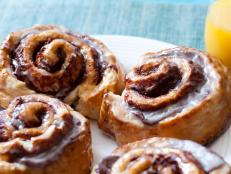
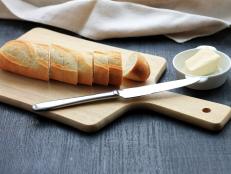
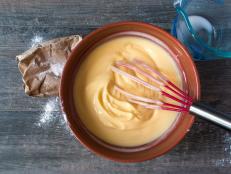
.jpg.rend.hgtvcom.231.174.suffix/1681323015319.jpeg)


